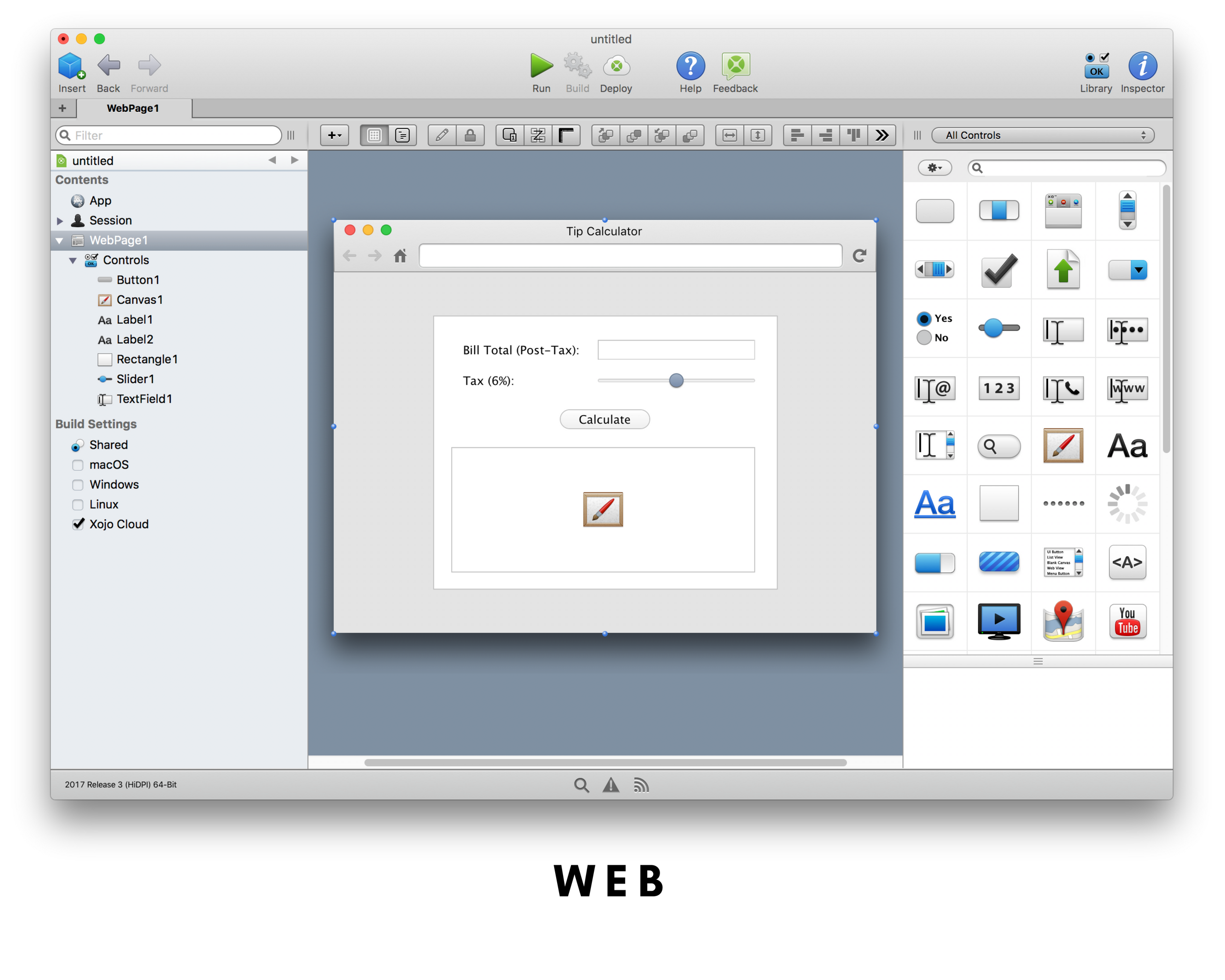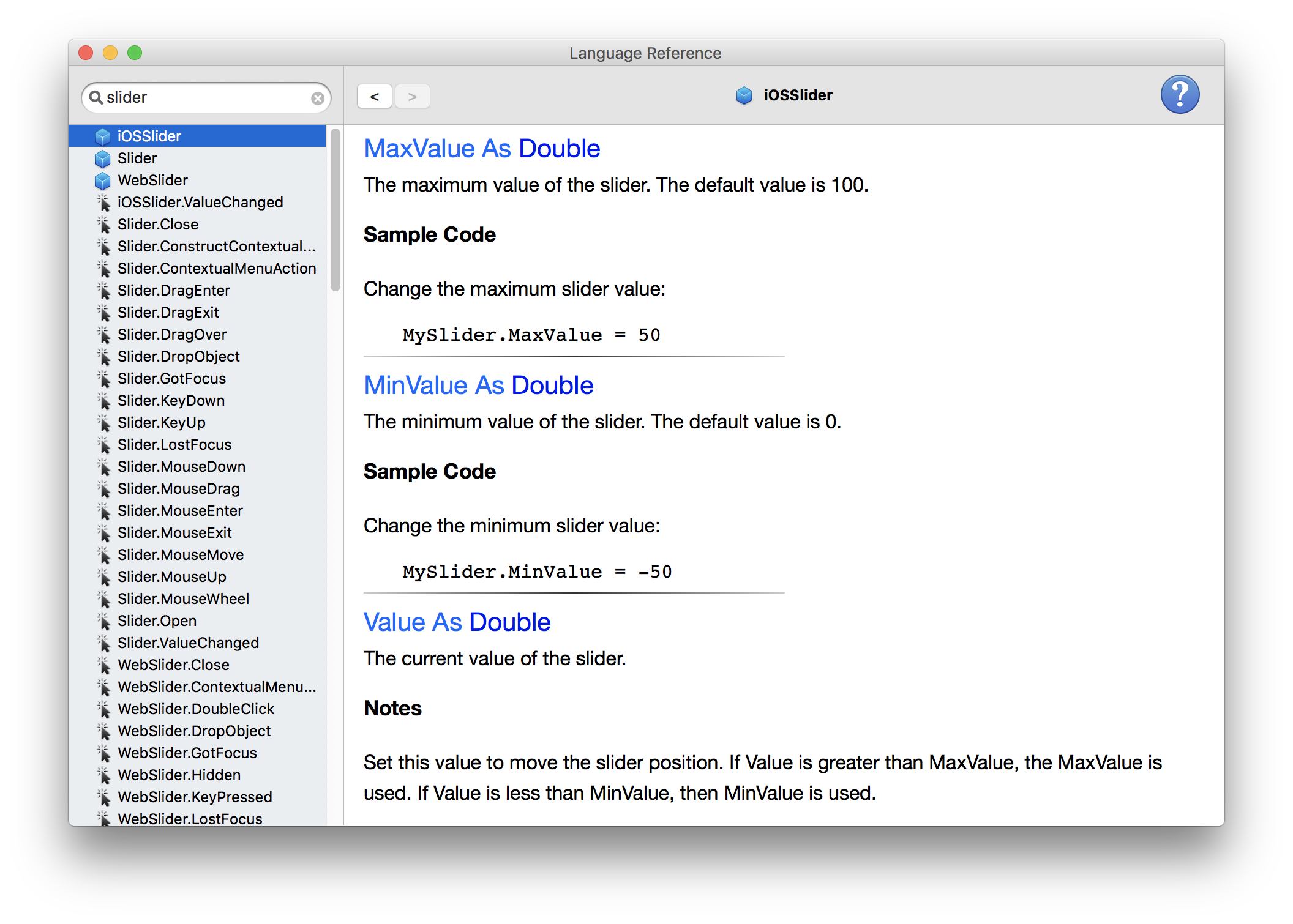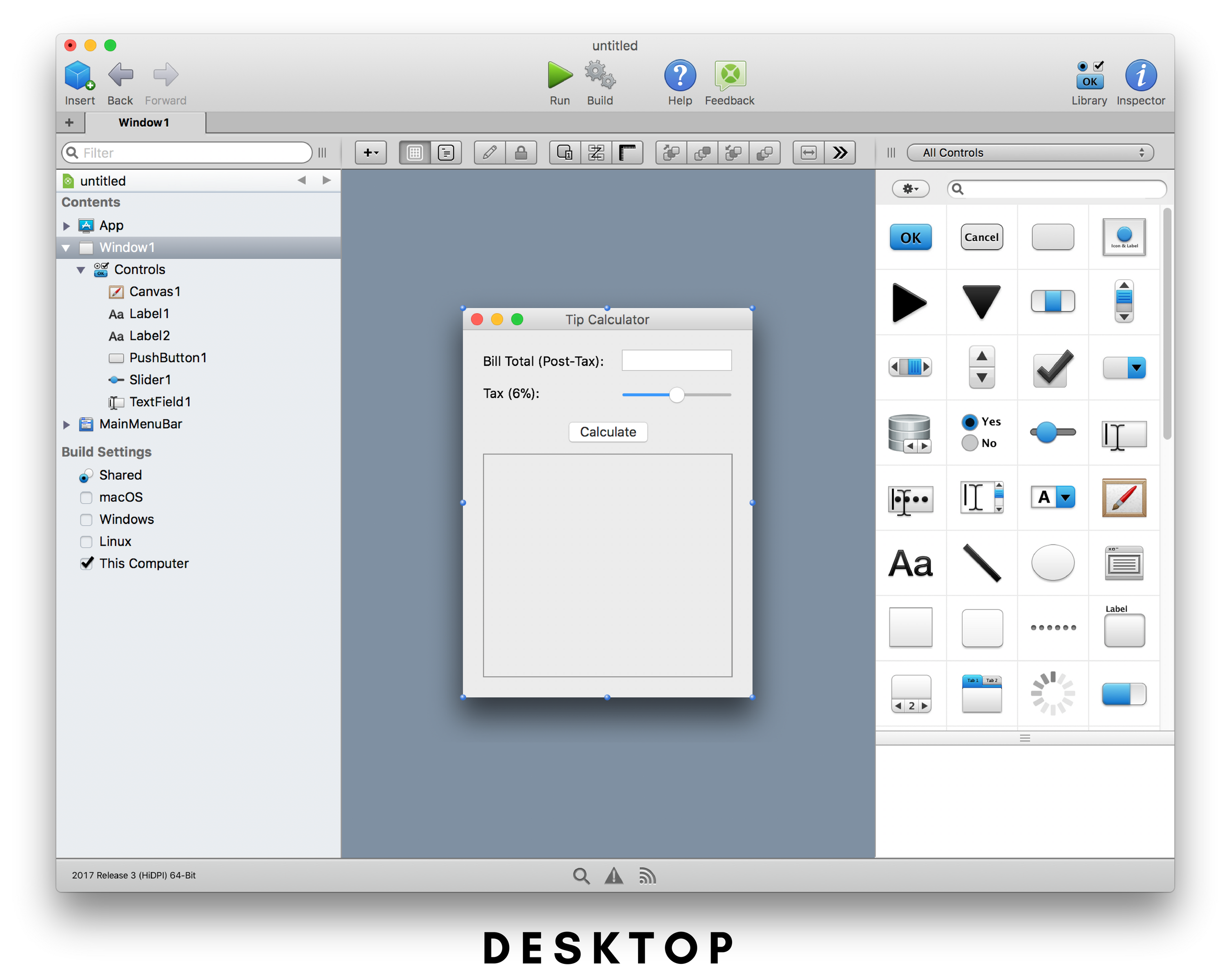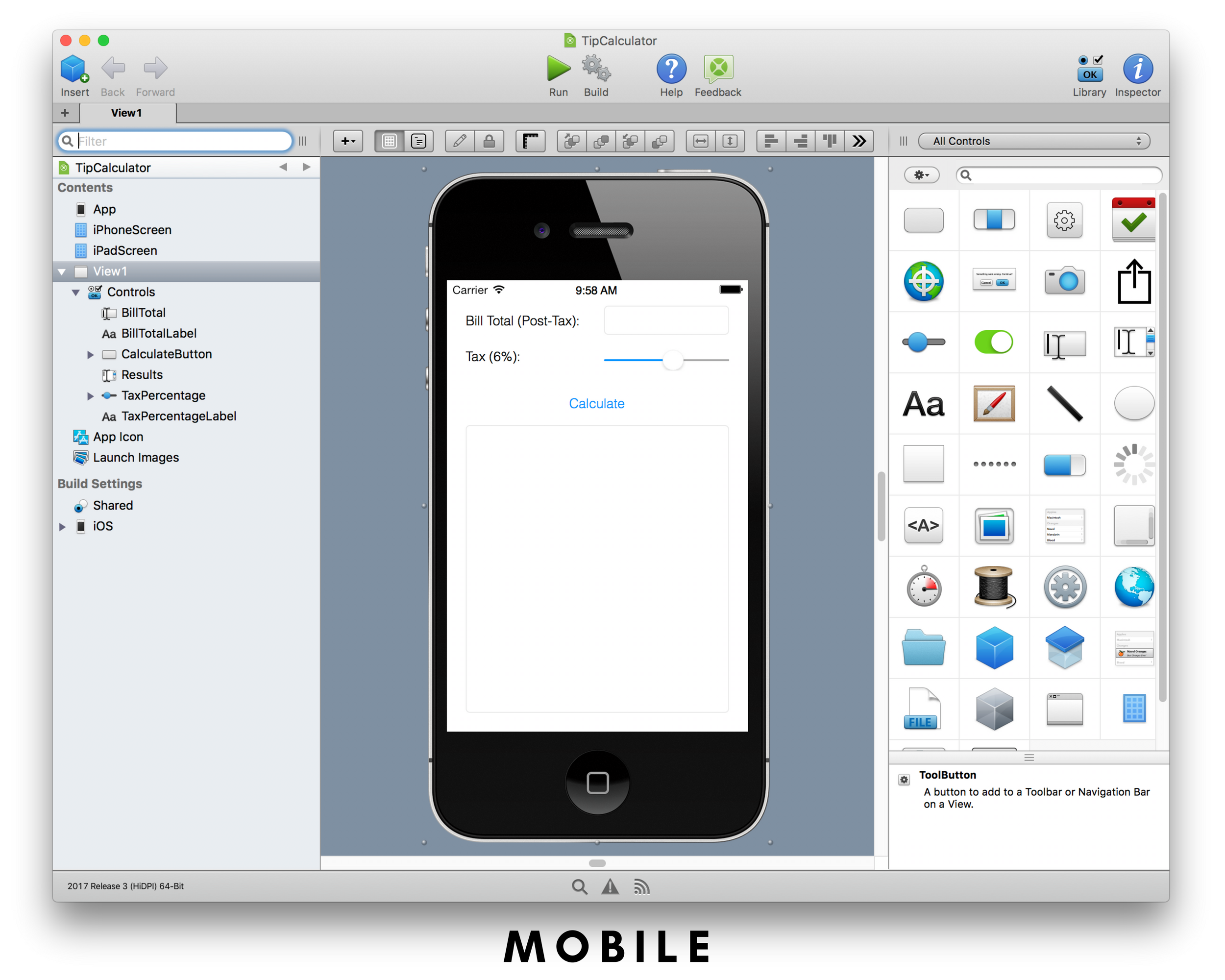Like his father, my teenage son loves video games. The single player games where you take a character through some kind of adventure are the ones I like most. These usually have a fair number of AI-controlled enemies that must be defeated. My son, on the other hand, prefers to play against other human beings. When I asked him why, he said, “The AIs are so predictable.” To prove this to me, he took over when I was having trouble defeating a particularly difficult enemy and quickly dispatched him, narrating his strategy as he went and barely being scratched in the process. My son is an elite player compared to me partially because he puts a lot more time into it than I do but also because he loves video games far more than I do.
Just as people have varying levels of skill and interest in video games, the same is true of app development. There are those that are happy to devote enormous amounts of time to learning everything they possibly can. They don’t care how long it takes. They want to have control over everything and are willing to do whatever is necessary to make that happen. I’m so glad those people exist because there’s a lot of great software that might not otherwise have been created without them. I’m not one of those people. I really want to focus mostly on what makes my application unique, abstracted from the nitty-gritty of app development.
That’s why I have always been attracted to tools like Xojo. I am a citizen developer. Of all the job titles I have had over the years, all of them in tech, none have ever included words like programmer or engineer. I do some software development but it’s just a part of my job. It’s something I do to help me in my work or to help my co-workers.
When I founded Xojo, Inc., tools like Xojo were called RAD (Rapid Application Development) tools. Now the term du jour is Low-Code. Put simply, it means that a development tool provides a lot of built-in functionality so you don’t have to write too much code compared to more traditional languages and tools. That’s Xojo. You can build your user interface visually via drag and drop.
 The set of built-in commands (the framework) provides you with everything you’ll likely need to handle the things that do require some coding. Xojo is a cross-platform tool making it easy to create apps for different platforms such as MacOS, Windows, Linux, the web, iOS and even Raspberry Pi, without having to learn all the details of each one. Unlike some cross-platform solutions, Xojo builds complete native apps which means your apps have the look, feel and performance of those written in the more complicated tools that require so much more code.
The set of built-in commands (the framework) provides you with everything you’ll likely need to handle the things that do require some coding. Xojo is a cross-platform tool making it easy to create apps for different platforms such as MacOS, Windows, Linux, the web, iOS and even Raspberry Pi, without having to learn all the details of each one. Unlike some cross-platform solutions, Xojo builds complete native apps which means your apps have the look, feel and performance of those written in the more complicated tools that require so much more code.

It’s not all upside. There are sometimes very specific features for which Xojo has no built-in support. An example of this is notifications. The good news is that should you find yourself needing functions like this, there’s a vibrant Xojo community of users who have likely already created that functionality and you can just add it to your project. And Xojo is updated multiple times per year so new functionality is always appearing.
If you’re like me and you want to be able to quickly and easily build applications that make life easier for you and perhaps your co-workers, Xojo is something you should seriously consider. Xojo is also free to use and learn. You only need buy a license if you decide you want to deploy your application. We provide lots of free resources including a video library with over 250 videos, tutorials, and documentation as well as a textbook designed to help you learn app development.
It’s tremendously empowering to be able to build even a simple app that helps you accomplish tasks more quickly and efficiently. A low-code development tool like Xojo is a great place to start.



